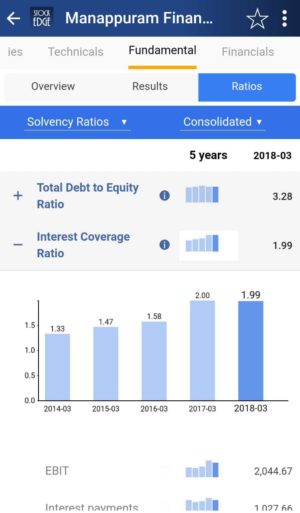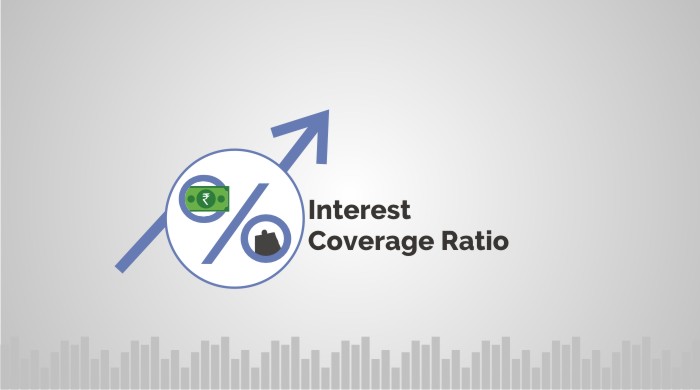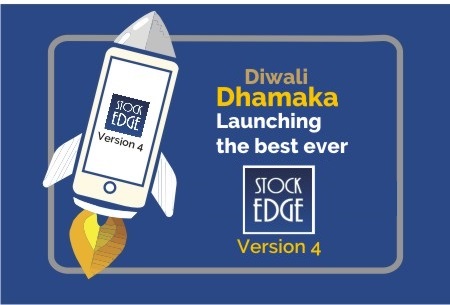Table of Contents
The solvency ratio is one of the ratios which are used to measure the company’s ability to meet its loan or debt obligations. This ratio indicates how well the company has handled its creditors and banks and whether the credit facility it enjoys will survive or not. The interest Coverage ratio is one of the important solvency ratios in understanding the financial health of the company. Let us discuss it
Interest Coverage Ratio
The interest coverage ratio is the ratio used to determine how many times can a company pay its interest with the current earnings before interest and taxes of the company and is helpful in determining the liquidity position of the company by calculating how easily the company can pay interest on its outstanding debt.
The interest coverage ratio shows how efficient is a company in redeeming interest expenses on their outstanding debts. This ratio is calculated by dividing a company’s earnings before interest (EBIT) by the company’s interest expenses for the same period. Creditors not only want to know the cash position and cash flow of a company, they also want to know how much debt it currently owes and the available cash to pay the current and future debt.
You can also watch the video below on Everything you want to know about Interest Coverage Ratio:
Impact of Interest Coverage Ratio
When this ratio is lower than 1.5 or equal then its ability to meet interest expenses is doubtful. 1.5 is considered as the minimum acceptable coverage ratio for a company. If it is below 1.5 then the lenders are likely to refuse to lend to the company more money as the company’s risk for default becomes high. Thus the higher the interest coverage ratio the higher is the chances of the company to pare its debt obligations. Thus Banks and NBFC’s generally lend to companies having higher interest coverage as their chances of default are low.
By analyzing interest coverage ratios on a quarterly basis for the past five years, for example, trends may emerge and give an investor a much better idea of whether a low current interest coverage is improving or worsening, or if a high current interest coverage is stable. The ratio may also be used to compare the ability of different companies to pay off their interest, which can help when making an investment decision.
See also: EBIT Margin (%)
Interest Coverage Ratio Formula:
Interest coverage ratio = EBIT / Interest expenses
Company ABC’s EBIT is Rs. 1500000 and its total interest expenses accounts for Rs. 1000000 then using the formula of Interest coverage ratio (1500000/1000000) we get 1.5
We don’t have to calculate Interest coverage ratio on our own. StockEdge gives an Interest coverage ratio of the last five years of any company listed in the stock exchange. We can look and compare the Interest coverage ratio of any company and filter out stocks accordingly with its inbuilt scan option.
Suppose we want to look at the Interest coverage ratio of Manappuram Finance Ltd. for the last 5 years. In the Fundamental tab of Manappuram Finance Ltd., click on the fundamental tab, we will get the Ratios tab. Then in the Ratios tab click on Solvency Ratios, it will come of Manappuram Finance Ltd.

Bottomline
Only looking at the single interest coverage ratio can tell a great deal about the company’s financial position. By analyzing this ratio one can get a clear picture of the company’s financial health. These parameters are freely available under every stock in Stockedge. Thus don’t wait to download our app if you haven’t downloaded as yet. We also have paid featured scans based on Solvency, with the help of these ready-made scans you can with a click of a button filter out good companies. These scans are part of the premium offerings of StockEdge app.
Click here to know more about the Premium offering of StockEdge.
You can check out the desktop version of StockEdge using this link.










